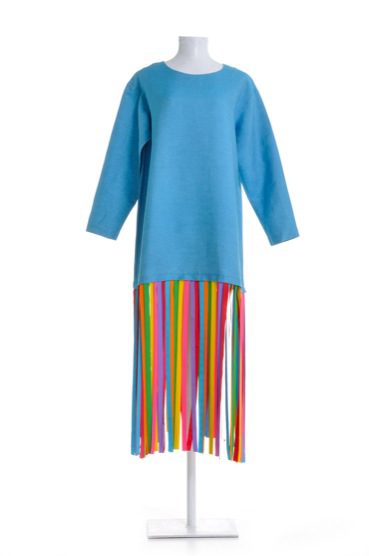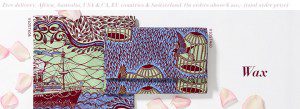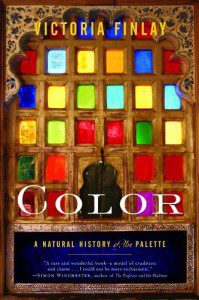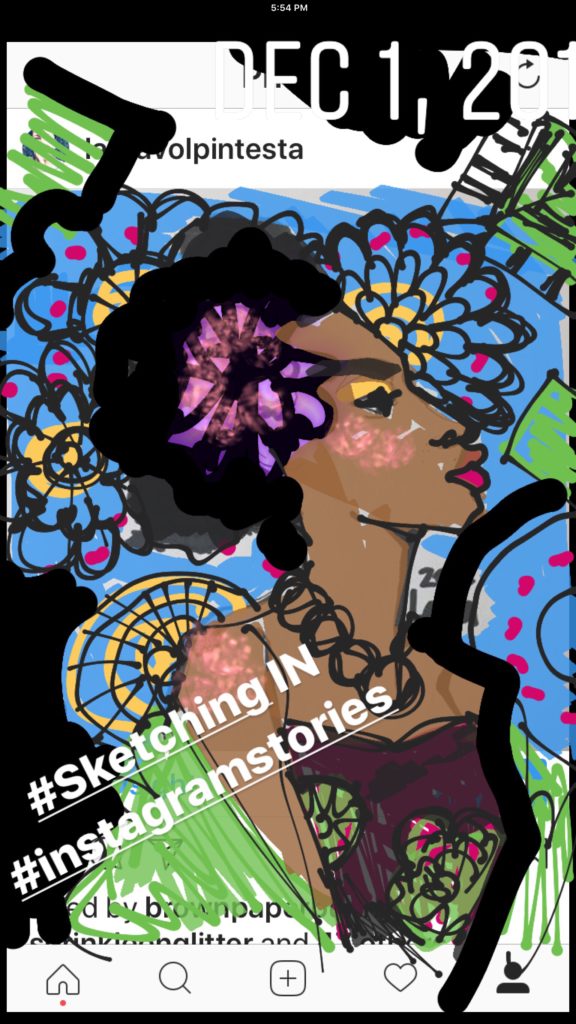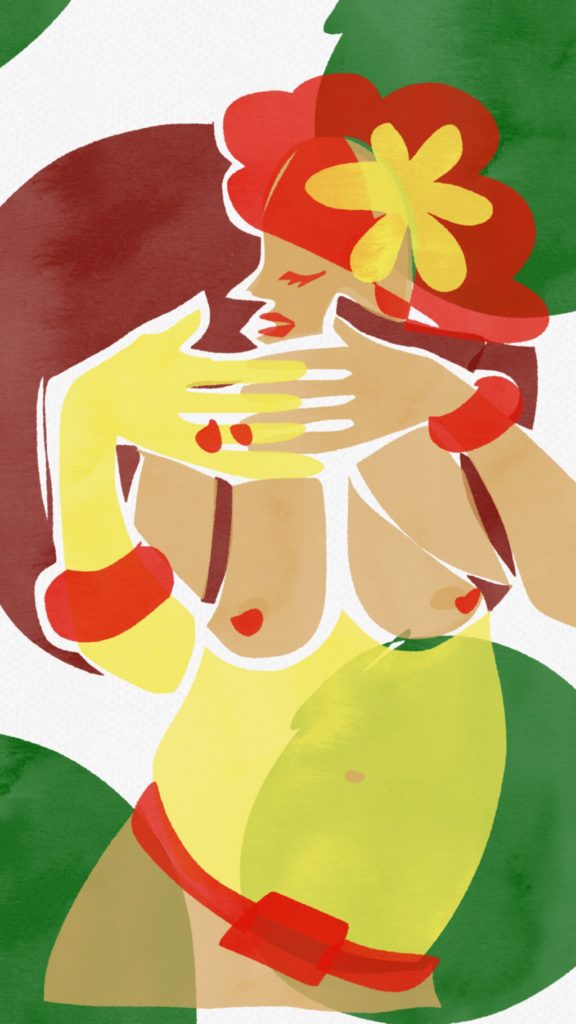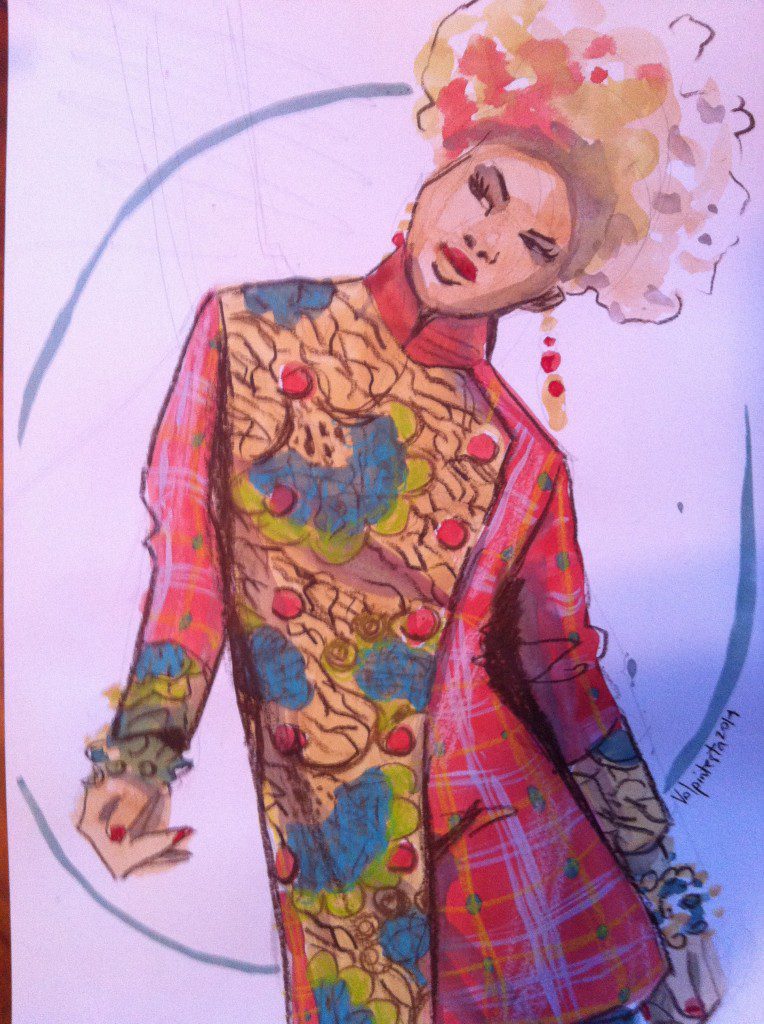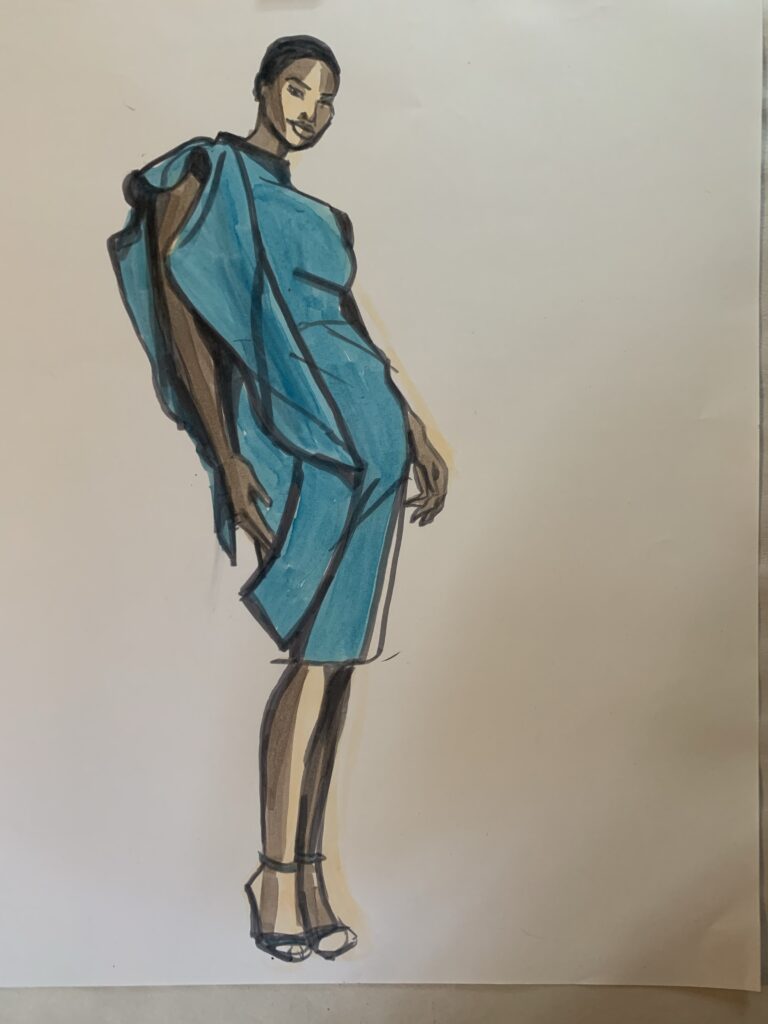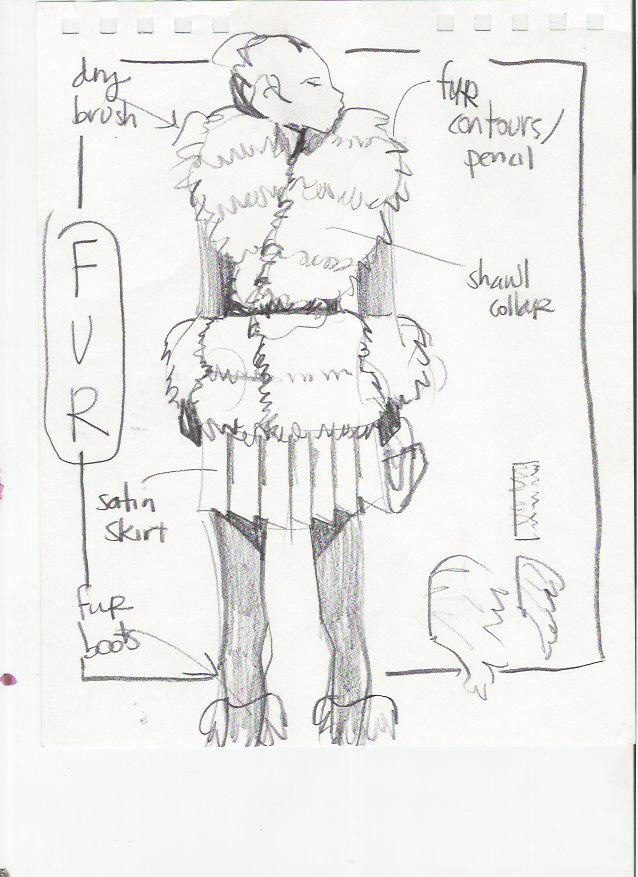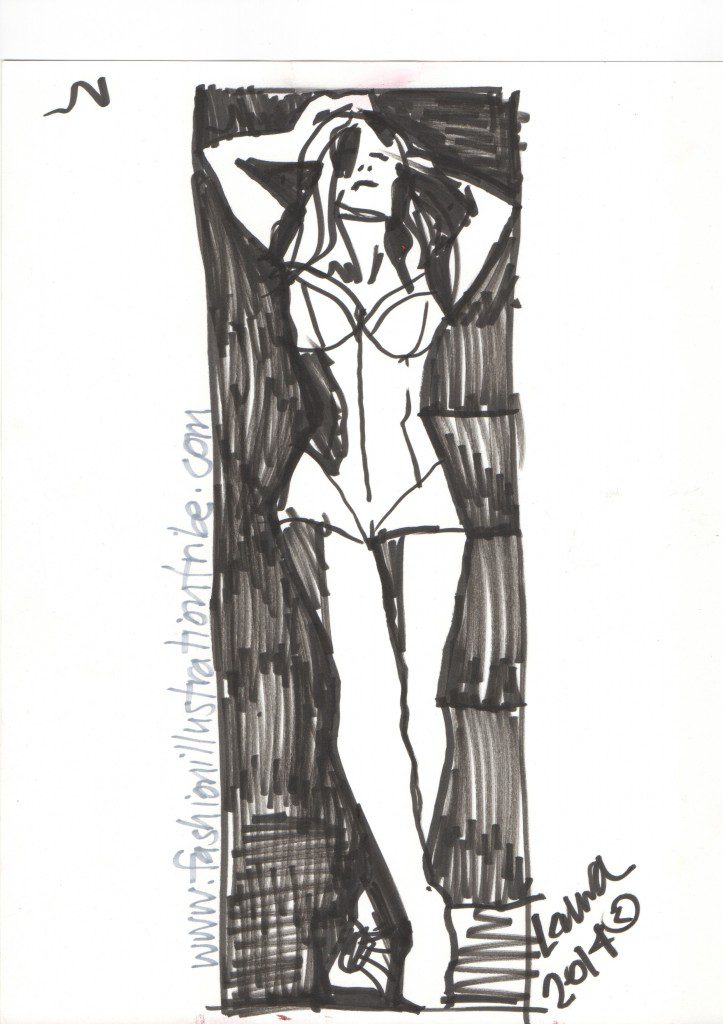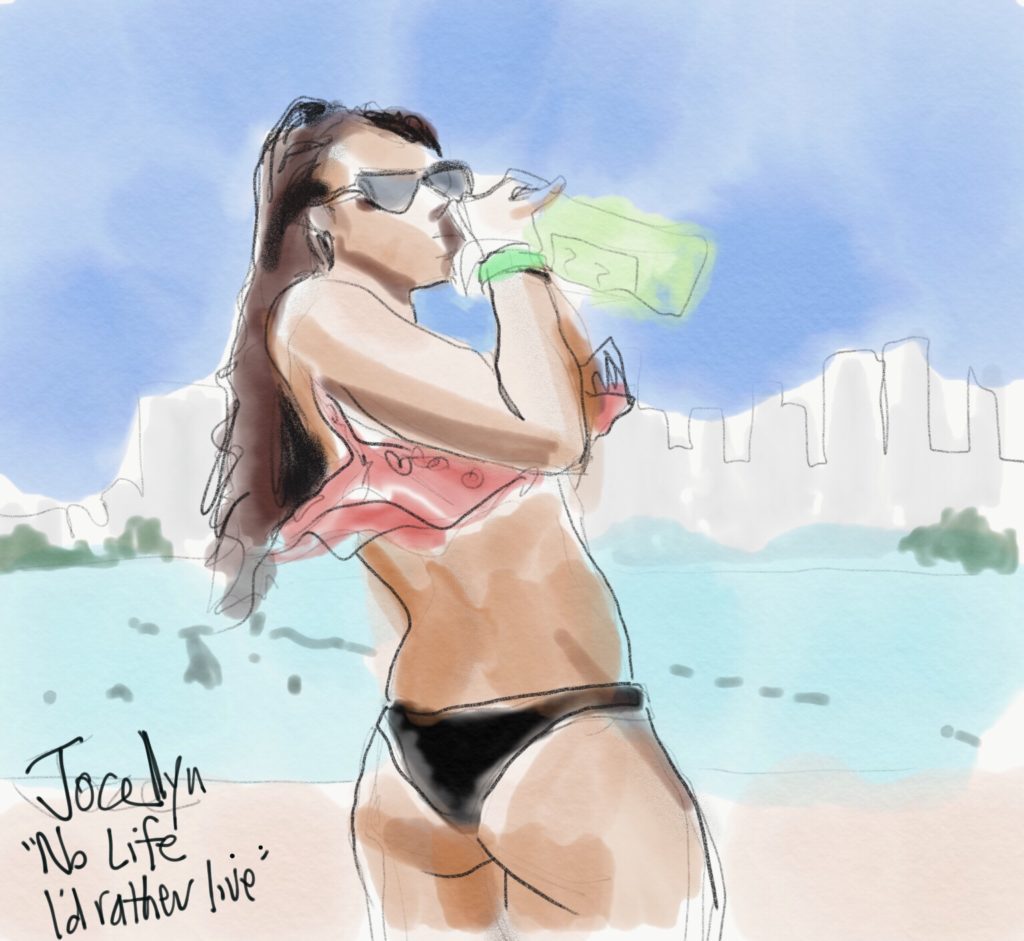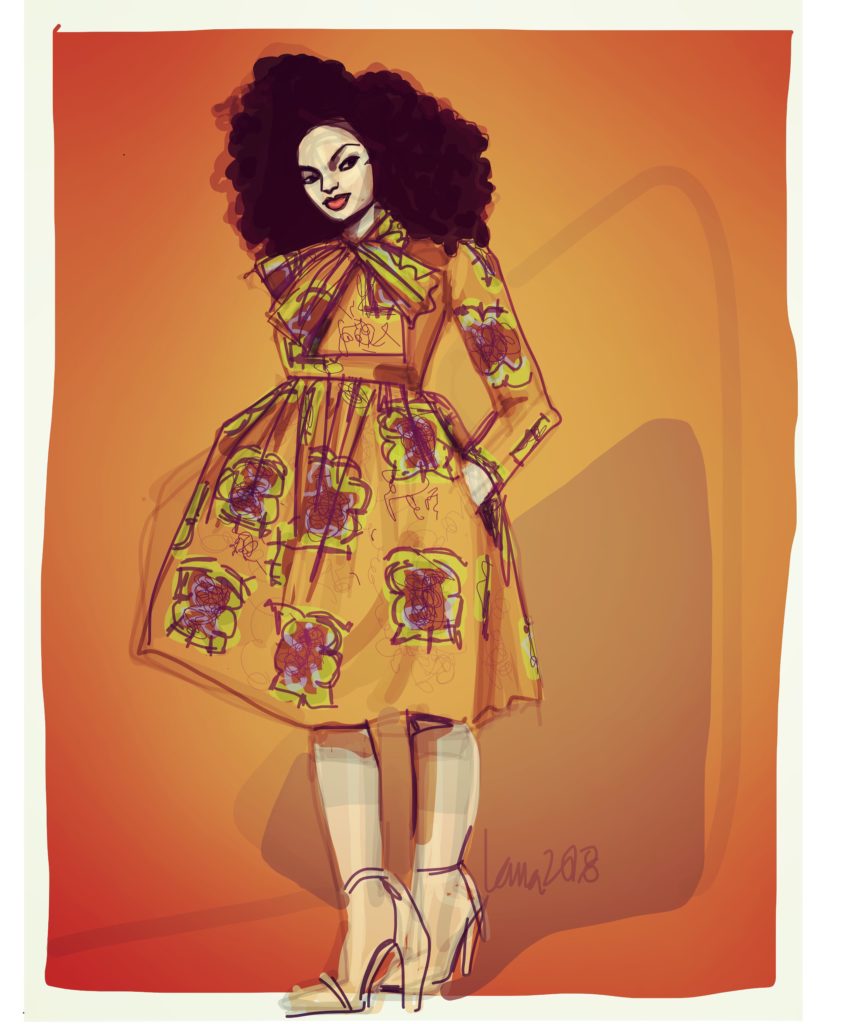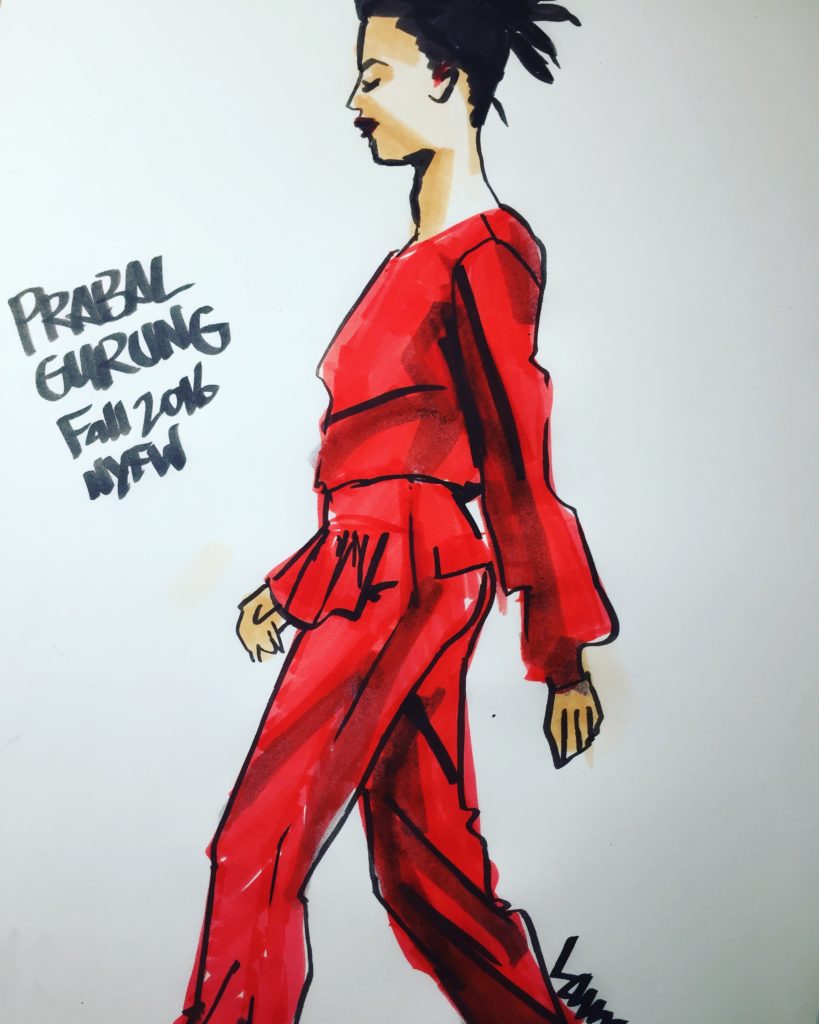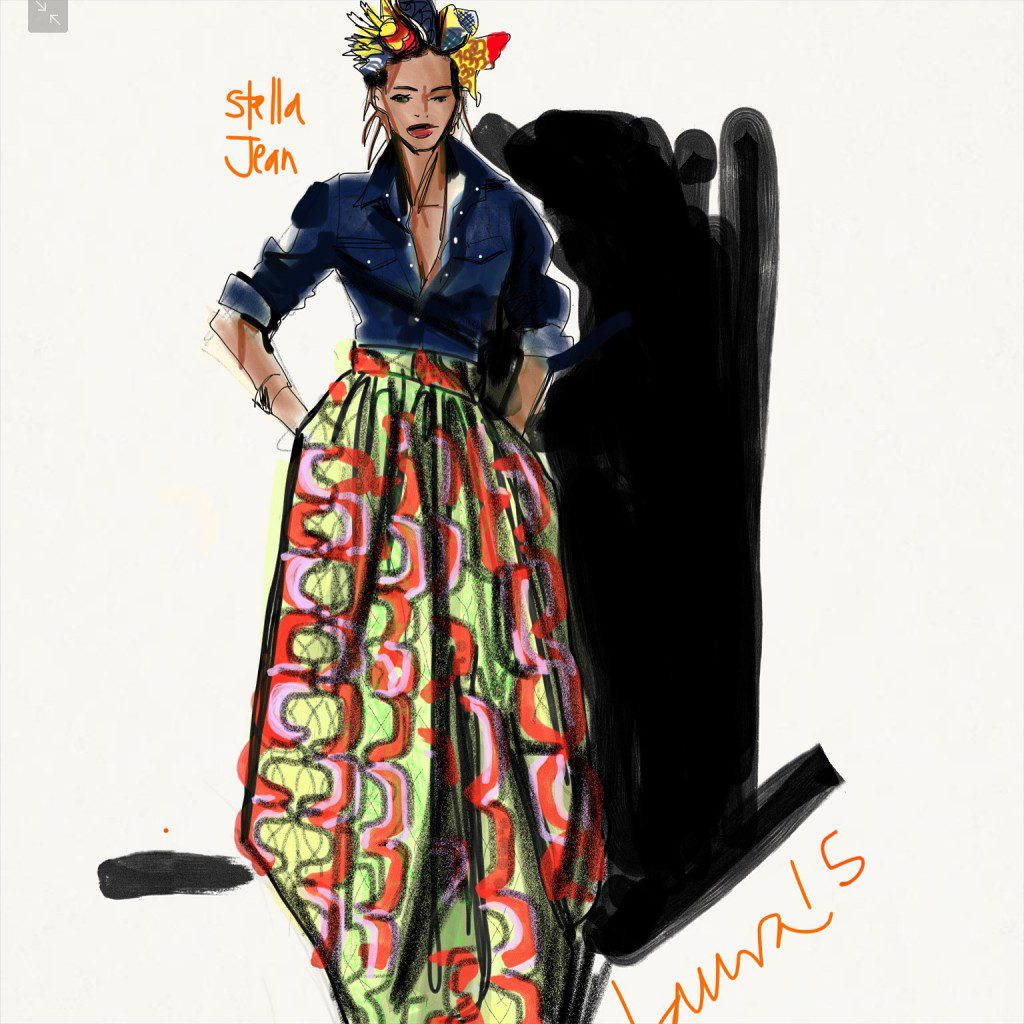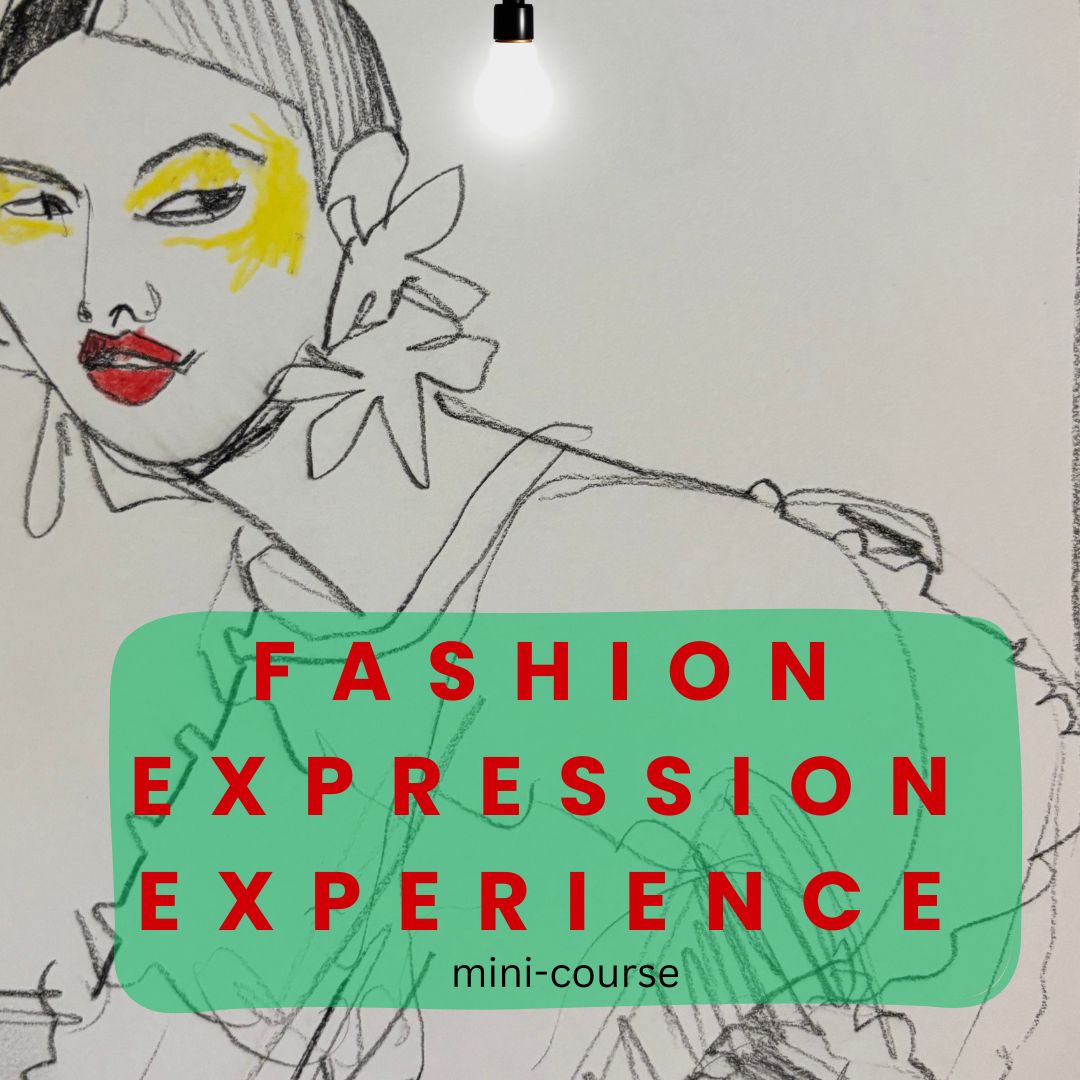
Ahhhhhhh, colors. Fashion.
I’m obsessed.
Right now it’s pale pale pale pink (which I never would have worn years ago), and royal blue, and mint green. Lemon yellow.
I love pastels and pure hues when paired with each other or with white.
Color is joy.
Color is a public service.
Color is happiness.
Color is emotion, feeling, mood.
Everybody craves color.
My students usually have such emotional conversations when the fashion we’ve designed or are discussing uses color.
I just received my review copy in the mail of Marcie Cooperman’s now-famed “Color: How to Use It”, so I thought I ‘d take a moment to tell you about it!
As I sit here to type, the usual issues come up:
A flood of topics and ideas, images, and discussions about color come up.
THERE IS SO MUCH I WANT TO SHARE WITH YOU!!!!!
Looks like a color theory course is in the works now on my course platform? YES!
Have you ever studied color theory at all? If you’ve enrolled in any fine art or design program, you probably have.
When I was a design student, my color theory teacher was a dud (oops, sorry!), but to this day, I am FLOORED by how Color Theory changed my life. I am NOT kidding!!! And any decent color theory course will in fact have that effect.
If you didn’t have such an experience, then it’s worth revisiting. If you haven’t been there yet, GET THIS BOOK as a first step!
If you read through the whole book you can really have a blast watching your eyes changed. (This is probably best done with a great teacher beside you or a friend to do the book with).
What Marcie Cooperman said so many times when she introduced the book (we both presented our projects on the same day at a Pecha Kucha for Faculty at Parsons the New School for Design) was that it is the first Color Theory Textbook on the Market!
(talk about overdue!!!)
Well, when I was in school, it was Josef Albers’ Interaction of Color, which was pretty dry.
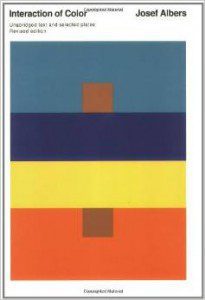
You can see how “dry” it could be. But take a close look at the image you see there. See the brown box inside the blue bar at the top?
See the brown box in the orange bar at the bottom? Okay.
Guess what?
They are both the same color brown boxes.
I know you don’t believe me. Don’t worry, I will explain!
Colors can not be purely perceived when they are near other colors.
When a color is near another color, it “changes” in reaction to the color next to it. This is caused by the way we see.
KNOWING COLOR THEORY ALLOWS YOU TO UNDERSTAND THIS and manipulate it, use it, to your advantage when you want things to blend in or stand out, visually “move forward” or “move back”.
Look at those brown boxes again. The one at the top looks lighter, because it is adjacent to a dark color.
That’s a little bit o’ Color Theory in action.
Look at the brown box at the bottom. It APPEARS darker, because it is placed upon a color that is lighter than it.
Once you experience it, you have all of these wild “a-ha”s that just blow your mind and you can never see the same again!
(and that’s what studying with me is all about :0)))))
But there’s more! (and more and more, I swear I’ll keep this short, I SWEAR!)
See that little brown box at the top?
It looks “ORANGER” than the brown box at the bottom.
Why? Because it is on a blue box. Blue and orange are COMPLIMENTARY COLORS, opposite each other on the COLOR WHEEL (scroll down to see). Complimentary colors enhance each other. So, blue appears BLUER next to orange, and orange appears ORANGER next to blue. (and we are talking about brown here, but the orange in the brown is played up by the blue, you see…)
But what about the brown box in the orange area? It looks BROWNER than the brown box above it….
Right. Orange and brown are adjacent… no…analogous colors. They are similar. The brown actually has ORANGE IN IT. When colors are near colors that are SIMILAR to them, they become less vibrant themselves. And so, the brown next to the orange is LESS ORANGE than the brown at top because, in a way, it just can’t “compete” with the orange around it!!!
And so that’s how it goes with color theory.
Take your index finger.
YEAH, YOU!
PLACE IT OVER THE BLUE AND YELLOW BARS IN THAT IMAGE.
Good. Now you can see that the browns are identical.
I don’t know about you, but experiences like this turn my world completely upside-down.
These are the simple truths that make life so thrilling when you start studying art and design!
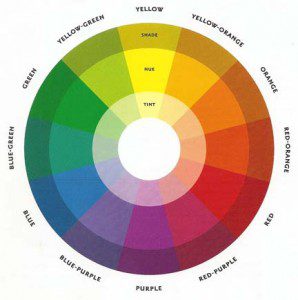
When I was 20 years old I moved to Paris to study fashion design for a year.
I completely freaked out when I saw the African fashion and the African prints. I always tell this story.
It was just so liberating and eye-candy-ifying that to this day it represents the experience I want people to have too.
There was rhythm in the patterns, grand varieties of scale, and grand, sweeping movements of layered shapes and forms.
The fabrics were crisp , natural fibered and block printed like the Japanese origami papers I spent my childhood folding and collecting.
And the colors, oh, the colors the colors! I had the distinct feeling that I was “seeing colors I had never seen before”.
Imagine feeling that way? Have you felt that way? I realized that I had seen these “new colors” in Issey Miyake’s designs also (I was a close follower of his work in the 80s).
In that moment I realized that they couldn’t really be “inventing” new colors, could they? But in a way, yes.
The color COMBINATIONS were new, so the resulting colors were new, too.
So, yes, your culture is controlling your colors! Sorry to break it to you!! I’m glad for the variety across the globe,
but when I go clothes shopping, oh, how I feel it. MIND CONTROL! I can never find the colors I am looking for.
So I create them by combining them in particular ways, but still, most of the colors I’m looking for are, in fact (though secretly), “ILLEGAL” in our country!?
I guess its part of a cultural identity or history.
Either way, be aware of it and notice it.
Colors in our cultural fashion are generally watered down, muddied, faded, paled, or “browned”.
This is easily achieved by mixing brown or a complimentary color into any color you are mixing.
I find it soothing at times, depressing at others. That’s just my personal thang!
I noticed… my Korean stepmom and some of my students from Korea have a slant toward the most lovely oranges, pinks, and yellows….there is a whole story in that color palette that I can’t describe to you easily, but that is very palpable and I feel it so strongly when I’m in its presence. It tells a story to me.
I noticed… that my Brazilian friends’ use of bright yellow, royal blue, kelly green and white (like the Brazilian flag) colors brought me great joy, and also that in their clothes I found a lot of earthy vegetable colors that I never saw in the US such as avocado, rust, maize, mud, bronze, …. it’s hard to describe, again, but a strong feeling.
I also noticed…. that after I had my first baby, I wasn’t able to wear black for a few years. It felt too mournful (and believe me, I used to wear a ton of black!) It was a strong emotional pull that kept me out of black for some time!
The first chapter of my book “THE LANGUAGE OF FASHION DESIGN: 26 Principles Every Fashion Designer Should Know” on Rockport is ‘COLOR”.
And in there I illustrate and define a lot of the basics, such as shades, tints, hues, primaries, secondaries, compliments, and analogous colors. Because for me, color comes first.(I’ve been busy instagramming about color today, so inspired as I am :0) well, actually, because I got a babysitter for the afternoon! whew!
Monique Lhuillier, researched in my book, says that when growing up, she and her siblings were not allowed to wear black until they were adults. Amazing! See the power of color, the language of it? The CULTURE of it?
Okay, the post is long, as I tend to do .
I’ll let you go.
To wrap up, Marcie Cooperman’s Color Theory Textbook is awesome. (about 90 dollars on Amazon).
It comes with Pantone color chips for study use, and is loaded with images. It truly goes above and beyond the basic truths of color to explain so MANY aspects of design. It’s richly researched and includes equal amounts of art and artifacts by designers and artists as well as images from mother nature herself, which is really cool. Also architecture, art history, contemporary art, poster and product design.
It is literally an exhaustive text in its 320 loaded pages that is truly a self-study that goes FAR BEYOND the basics of color and gives you a deeply trained eye for DESIGN AND ART, PERIOD!!!
Rounds of applause!
To cut straight to the chase, read chapters 2 and 3 only (that’s color). Everything beyond brings design into the picture and just goes deeper and deeper. But those first chapters are ESSENTIAL for ANYONE!
Each chapter is color coded (funny, right??) and includes specific EXERCISES to turn you pro! I love this!
Finally, in the color theory history chapter, you can see that there are no women in the history books, as usual. I guess they were very busy raising and supporting the men who made the history books. So go, Marcie, for making Color History and representing the women :0)
I hope you enjoy these resources. PLEASE SHARE if you have enjoyed this post, and SUBSCRIBE if you never want to miss another post!
Spaces are still open in my premium Soulful Fashion Foundation Immersion Course or SWATCHES TO GOUACHE which is a more concise version of the immersion.
So stay tuned!
Love always,
Laura
ps I can’t help myself!!! UGH!!! Do you know Agatha Luiz de la Prada’s work? She is SUCH a colorist, takes my breath away, and SO MUCH MORE!
I featured her a lot in my book and this link here is to the “retrospective” page of her website. It is like a museum trip, I KID YOU NOT.
My students always thank me for sharing this page with them, so here it is. SHE IS SO MUCH MORE THAN A FASHION DESIGNER.
There are 13 pages to that retrospective. You will see tiles of garments on the left, and as you click on each one, you will see the detailed “museum” image on the right.
I HOPE YOU ENJOY! SHARE THE LOVE!
After this posting, I got an enthusiastic endorsement from a former student and friend about THIS book.
Anybody want to chime in about Color by Victoria Finlay?

